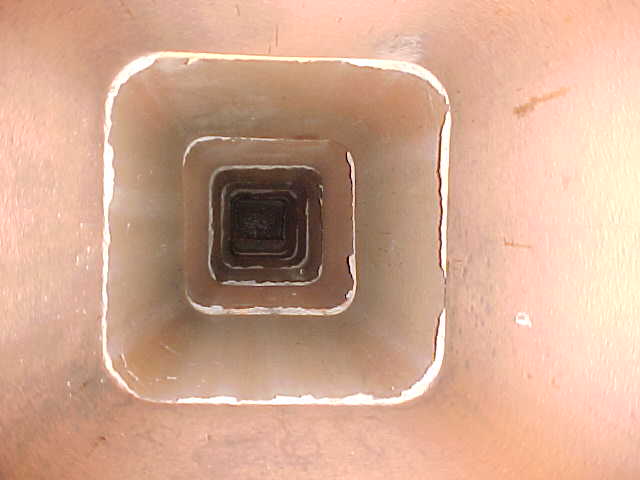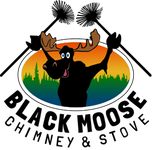 Some households are plagued by a persistently smelly fireplace. The heavy odor of smoke and creosote hangs in the air on hot, humid days and can really drive some people crazy. Here we will look into common causes of this and what you can do to help the situation.
Some households are plagued by a persistently smelly fireplace. The heavy odor of smoke and creosote hangs in the air on hot, humid days and can really drive some people crazy. Here we will look into common causes of this and what you can do to help the situation.
Fireplace odor usually occurs due to a flow reversal in the fireplace flue – rather than air going up the chimney and out air is coming down the chimney, picking up the odor, and moving into the living area of the home. This can occur when other appliances such as draft hoods, dryers, bathroom fans, and such are turned on in unusually tight construction. The house is so tightly built that air is pulled down the chimney and in to replace the air that is being removed.
Another reason for a flow reversal to occur is what’s known as the stack effect. In older and/or poorly insulated homes the house structure itself acts as a better chimney than the chimney. Air wants to rise up the staircase and out the upstairs windows or attic rather than going up and out the chimney. Because of this massive movement of air, replacement air is pulled in and down the chimney and into the home. This is very common for an older fireplace on a lower level or basement of a house. You can test this by cracking a window in the same room as the fireplace and seeing if the problem subsides.
Thankfully, there are steps you can take to help eliminate smelly chimneys.
First, have the fireplace cleaned to remove the bulk of the creosote and soot. Reasons for this should be obvious.
Second, have a good quality top sealing damper installed and ditch that conventional damper. A top sealing damper will completely seal the top of the flue and physically block any air movement into the chimney.
Third, and in cases of stack effect reversal, look into having a passive air inlet or outside air intake installed.
There are chimney deodorizers available and an open box of baking soda is sometimes effective.
And if all else fails, just light lots of incense.
Enjoy your day!


